The documentary BERLINIZED describes this very Berlin-specific attitude in a reflection on and a journey to mid-1990s' Berlin. Filmmaker Lucian Busse, an active protagonist of the period, documents the transformation of Berlin after the Wall. But Berlinized represents more than just the 1990s - it is a metaphor for this virally catching creative feeling, the slightly rough directness, spiced up with a big dash of typical Berlin humor. Berlinized lets the former protagonists reflect how that temporary feeling of freedom shaped their individual lives, and to what degree that freedom can still be found among the neat order of today's Berlin. These reflections are as diverse as the interviewees and as multifaceted as the changes in those times.
Related Movies

Crumb (1994)
This movie chronicles the life and times of R. Crumb. Robert Crumb is the cartoonist/artist who drew Keep On Truckin', Fritz the Cat, and played a major pioneering role in the genesis of underground comix. Through interviews with his mother, two brothers, wife, and ex-girlfriends, as well as selections from his vast quantity of graphic art, we are treated to a darkly comic ride through one man's subconscious mind.

So, Which Band is Your Boyfriend in? (2018)
Through a series of interviews, 'So Which Band Is Your Boyfriend In' takes a look at gender in the UK's DIY and underground music scenes.
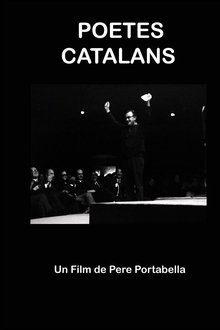
Catalan Poets (1970)
At underground film of the 1st Popular Festival of Catalan Poetry filmed in the Proce Theater in Barcelona on May 25, 1970, in solidarity with political prisoners. The participating poets were: Agustí Bartra, Joan Oliver (Pere IV), Salvador Espriu, Joan Brossa, Francesc Vallverdú and Gabriel Ferrater.
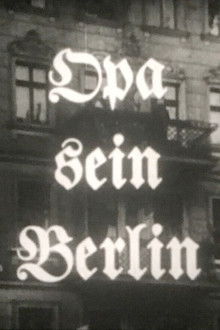
Opa sein Berlin (1981)
Rare documentary footage from around 1900 depicts the mood of life in Berlin at the turn of the century.
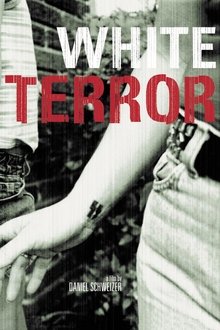
White Terror (2005)
A video about Neo-Nazis originating in Sweden provides the starting point of an investigation of extremists' networks in Europe, Russia, and North America. Their propaganda is a message of hatred, war, and segregation.
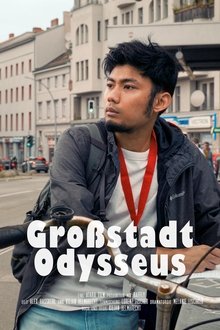
Berlin Ulysses (2024)
Successfully completed your studies - now what? Raffly already has a lucrative job offer from a large German company, but neither an apartment nor a work permit.
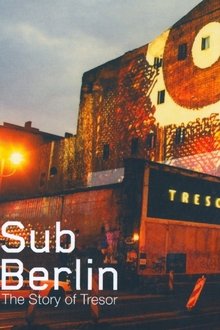
SubBerlin - Underground United (2008)
The original Tresor was in many ways the quintessential Berlin club: located in an unrenovated vault beneath a bombed out department store, it opened its doors amidst the general confusion and ecstasy that swept across the city when the wall fell. Its low ceilings, industrial decor and generally unhinged atmosphere created an unprecedented platform not only for techno in Berlin, but also for the scene taking shape across the Atlantic in Detroit.

Berlin Babylon (2001)
A documentary focusing on the rebuilding projects in Berlin after the fall of the Berlin Wall.
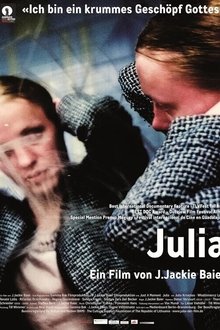
Julia (2013)
Julia is a young transgender woman who left her home country of Lithuania. Now living in Germany, she walks the streets of Berlin, working as a prostitute to survive. This documentary revisits Julia over a ten-year period of her life.

Trip to Asia: The Quest for Harmony (2008)
Journey with the musicians of the Berlin Philharmonic and their conductor Sir Simon Rattle on a breakneck concert tour of six metropolises across Asia: Beijing, Seoul, Shanghai, Hong Kong, Taipei and Tokyo. Their artistic triumph onstage belies a dynamic and dramatic life backstage. The orchestra is a closed society that observes its own laws and traditions, and in the words of one of its musicians is, “an island, a democratic microcosm – almost without precedent in the music world - whose social structure and cohesion is not only founded on a common love for music but also informed by competition, compulsion and the pressure to perform to a high pitch of excellence... .” Never before has the Berlin Philharmonic allowed such intimate and exclusive access into its private world.
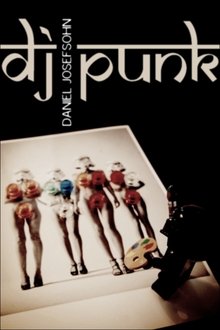
DJ Punk: The Photographer Daniel Josefsohn (2018)
Nobody captured the atmosphere of 1990s Berlin better than German photographer Daniel Josefsohn, who died in 2016 at the age of 54, leaving his mark in advertising with his irreverent aesthetic and punk sensibility. It was his spontaneous, imperfect images shot for an MTV campaign in 1994 that first made him famous.
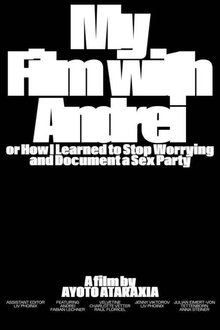
My Film with Andrei, Or: How I Learned to Stop Worrying and Document a Sex Party. (2021)
A crypto-trader and an ex-clergyman travel to Berlin to throw a sex party. Filmmaker Ayoto Ataraxia documents them and their sex-positive community with a phone during the week leading up to the event, discussing sex and life. But will they cum?
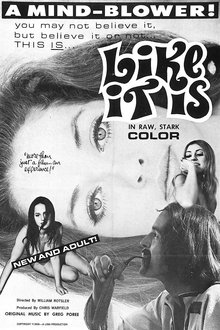
Like It Is (1968)
This documentary on the "youth movement" of the late 1960s focuses on the hippie pot smoking/free love culture in the San Francisco Bay area.

Searching Eva (2019)
This is the tale of a young woman, growing up in the age of the internet and turning the search for oneself into a public spectacle, allowing kids from all over the world to live their life through hers. Through her fragmented personalities you see the emergence of a new generation, in which the concept of a fixed identity has grown old.
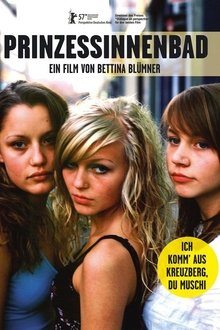
Prinzessinnenbad (2007)
A film about three teenagers - Klara, Mina and Tanutscha - from the Berlin district of Kreuzberg. The trio have known each other since Kindergarten and have plenty in common. The three 15-year-olds are the best of friends; they are spending the summer at Prinzenbad, a large open-air swimming pool at the heart of the district where they live. They're feeling pretty grown up, and are convinced they've now left their childhood behind.
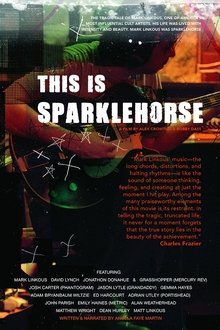
This Is Sparklehorse (2016)
An comprehensive look at the life and music of Mark Linkous, a influential figure in the alternative music scene. Critically-acclaimed Linkous had a dramatic life that saw him battle with drug and alcohol addiction, paralysis, and debilitating depression that resulted in his eventual suicide. Mark's music was heralded by his peers and critics; a mix of delicate pop, discordant punk and melodic odyssey; it has been described as defiantly surrealist with all manner of references to smiling babies, organ music, birds, and celestial bodies. The film mines Marks life and music and navigates the sacrifices and highs and lows of his art.

Leftist Extremism: Activism or Terror? (2019)
Leftist extremist groups operating in Europe have chosen violence as a political tactic: they attack the right-wing parties offices, attack the police, provoke riots in demonstrations. Although leftist violence is increasing, it receives almost no public attention. An investigation into the alleged good violence exercised in the name of a supposedly just cause.

Berlin: Symphony of a Great City (1927)
A day in the city of Berlin, which experienced an industrial boom in the 1920s, and still provides an insight into the living and working conditions at that time. Germany had just recovered a little from the worst consequences of the First World War, the great economic crisis was still a few years away and Hitler was not yet an issue at the time.
